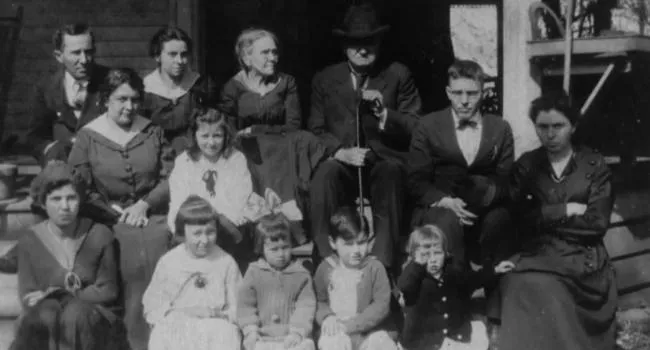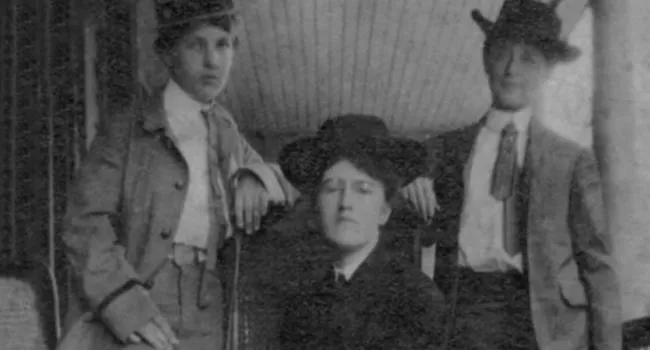South Carolina, a mostly rural state in the late nineteenth and early twentieth centuries, was racially divided and impoverished after Reconstruction. Its economy was mainly agrarian, growing crops such as cotton and tobacco. Rights for women, both Black and White, were severely limited. The heart of this story is the decades long struggle for women’s fight for the right to vote.
Prior to the Pollitzers, earlier South Carolina women who advocated for women’s rights were the Grimke sisters, and the Rollin sisters. After Reconstruction, women began to embrace another platform. In addition to opposing alcohol, the Temperance movement opened the door to focusing on other issues, and enabled women to hone their leadership skills. Sallie Chapin, Virginia Durant Young, and Louisa Poppenheim played crucial roles in improving social issues in South Carolina. By 1890, Young was the figurehead in South Carolina’s efforts to revive the fight for women’s suffrage, but was focused on only White women getting the right. Young founded the S.C. Equal Rights Association (SCERA) in 1890, and became affiliated with the National American Women Suffrage Association (NAWSA). Many women’s clubs, although segregated, sprang up across the country in the late 1800’s. Many of these clubs focused on similar issues, but were unable to effectively combat these issues due to racial tensions.
Standards
- 8-5 The student will understand the impact of Reconstruction, industrialization, and Progressivism on society and politics in South Carolina in the late nineteenth and early twentieth centuries.
- USHC-4 The student will demonstrate an understanding of the industrial development and the consequences of that development on society and politics during the second half of the nineteenth and the early twentieth centuries.
- USHC.3.CE Assess the causes and effects of significant turning points in the Populist and Progressive era from 1877–1924.
- 8.3.CC Analyze debates and efforts to recognize the natural rights of marginalized groups during the period of expansion and sectionalism.
- 4.5.E Analyze multiple perspectives of the economic, political, and social effects of Reconstruction on different populations in the South and in other regions of the U.S.
Resources
You need to be logged in to listen to view this content. Create an account now; it's quick, easy, and free!
Log In to View


